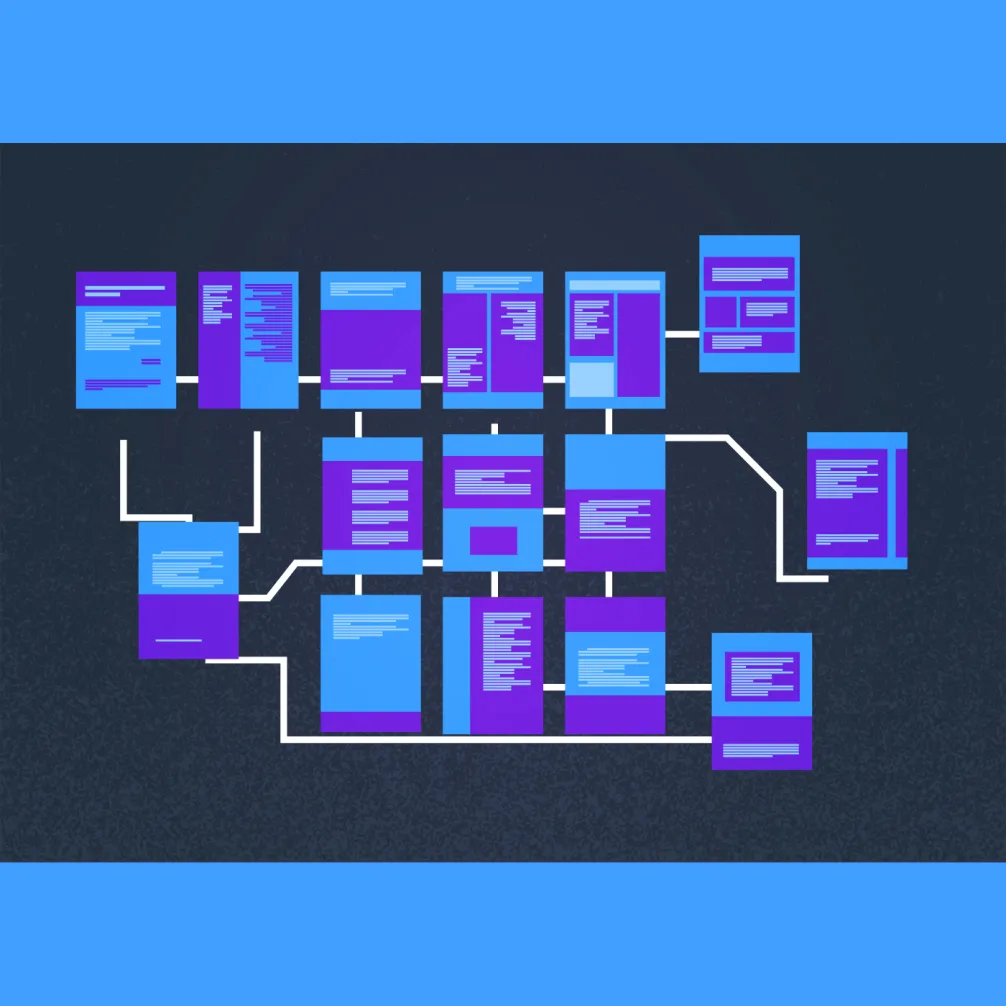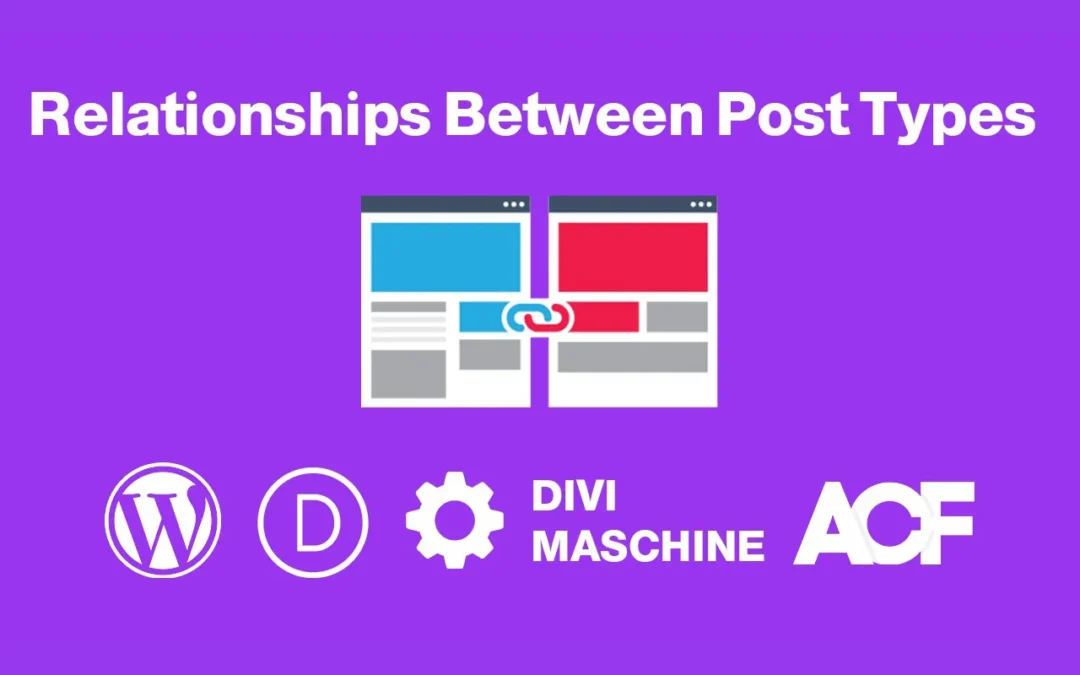In today’s digital landscape, safeguarding your WordPress website is more than data protection—it’s about fostering user trust and brand integrity. Security breaches can lead to severe consequences, impacting your reputation and finances. This guide outlines essential standards and measures to fortify your WordPress site, emphasizing the critical importance of data security.
Why Prioritize WordPress Security?
Your website is more than files; it’s a dynamic repository of sensitive information, including databases with personal data. Breaches not only incur costs but also damage your brand. Taking a proactive approach to security isn’t just strategic; it’s an ethical obligation in handling personal data responsibly.
Key Security Standards and Measures for WordPress:
- Restrict Access to Files and Directories: Securing file and directory permissions is foundational. By setting specific permissions, such as 600 for wp-config, 644 for other files, and 755 for directories, you limit unauthorized access and fortify your website’s defenses.
- Configure Robust Security Keys: Elevate encryption standards by configuring powerful security keys. These keys – AUTH_KEY, SECURE_AUTH_KEY, LOGGED_IN_KEY, and NONCE_KEY – serve as the guardians of user cookies. Ensure they are lengthy, random, and complex for robust protection.
- Fortify XML-RPC Security: Proactively reduce the attack surface by blocking access to xmlrpc.php when not in use. Tailor configurations in Apache, nginx, or web.config to bolster the security of this potentially vulnerable entry point.
- Safeguard Against Directory Browsing: Prevent potential information leakage by staunchly blocking directory browsing. Keep unauthorized entities from gaining insights into your website’s structure.
- Forbid Execution of PHP Scripts in WP Directories: Mitigate exploitation risks by disabling the execution of PHP scripts in directories like wp-includes/wp-content/uploads. Modify server configurations to implement this crucial security measure.
- Shield wp-config.php: Guard sensitive information stored in wp-config.php by modifying server configurations. Even if PHP file processing is disabled, ensure that unauthorized access is thwarted.
- Strengthen WordPress Admin Panel: Mitigate certain DoS attacks by disabling script concatenation in the WordPress Administrator panel. Strike a balance between security and performance, ensuring a resilient administrative environment.
- Disable PHP Execution in Cache Directories: Prevent potential compromises by disallowing PHP file execution in cache directories. Exercise caution with plugins or themes that may require exceptions to this security measure.
- Fortify WordPress Dashboard: Add an extra layer of protection by disabling file editing within the WordPress Dashboard. This prevents compromised accounts from injecting malicious code into plugins or themes.
- Transform Database Table Prefix: Elevate database security by changing the default wp_ prefix. This simple yet effective measure disrupts the predictability of your database structure, enhancing overall security.
- Activate Bot Protection: Implement solutions to thwart bot access, safeguarding your website from malicious entities that can exploit vulnerabilities and cause resource overuse.
- Block Access to Sensitive Files: Prevent public access to potentially compromising files, such as log files and shell scripts. This measure shields your WordPress website from security risks associated with unauthorized file access.
- Safeguard .htaccess and .htpasswd: Secure critical files like .htaccess and .htpasswd to prevent potential exploits. Restricting access to these files is paramount for overall website security.
- Prevent Author Scans: Mitigate the risk of brute-force attacks by disabling author archive pages. This prevents the exposure of usernames, thwarting attempts to compromise login credentials.
- Rethink Administrator’s Username: During installation, proactively create an administrator account with a randomized username, steering clear of the default ‘admin’. This simple step can fortify your site against common brute-force attempts.
Note: Custom directives in .htaccess or web.config files may impact these security measures. By implementing these collective standards and measures, you fortify the security posture of your WordPress website, safeguarding your data and the trust of your users.
#WordPressSecurity #WebsiteProtection #DataSecurity #DigitalPresence #CybersecurityGuide #BrandIntegrity #DatabaseProtection #EthicalObligation #OnlineSafety #ProactiveSecurity #WebSecurityTips #InfoSec #OnlinePrivacy #CyberAwareness #SecureYourSite










